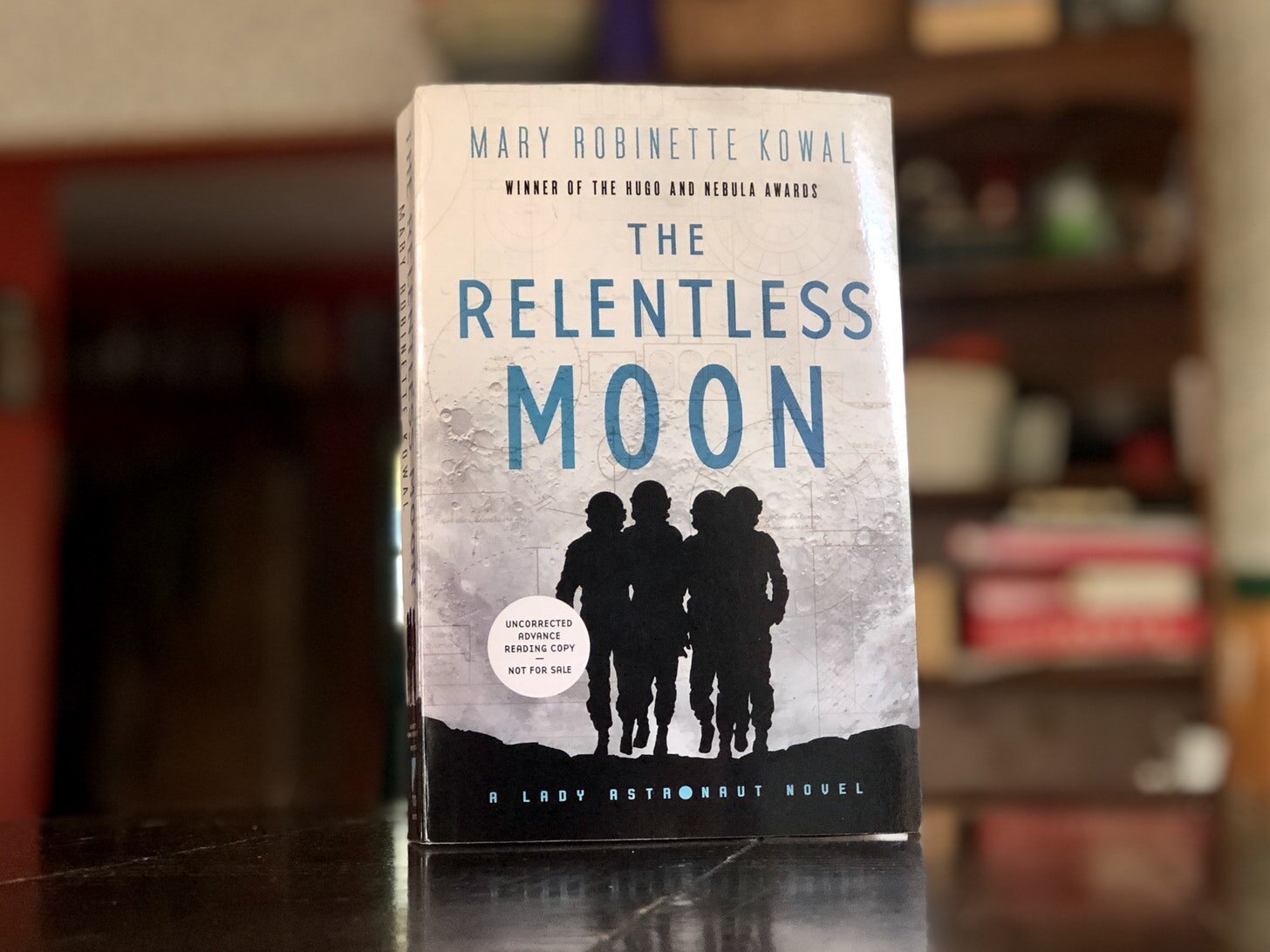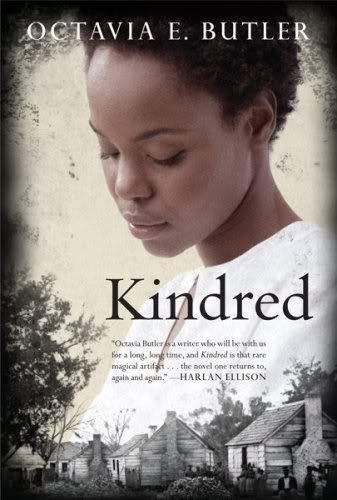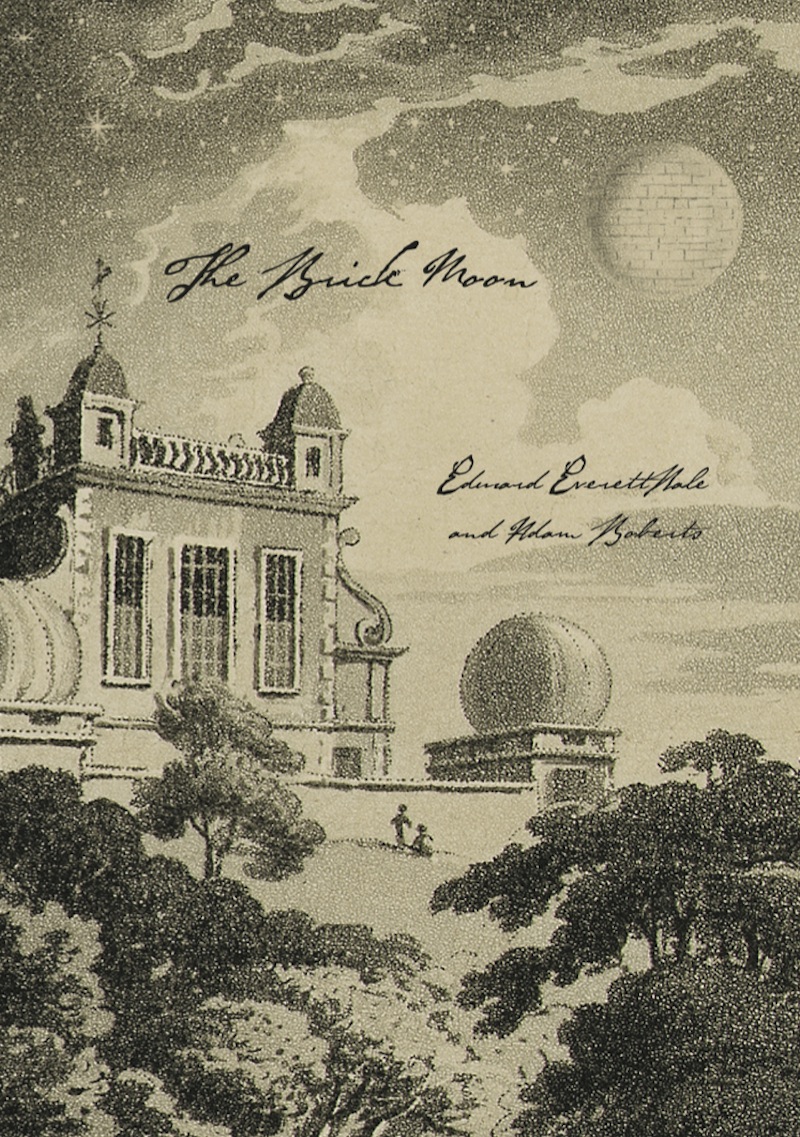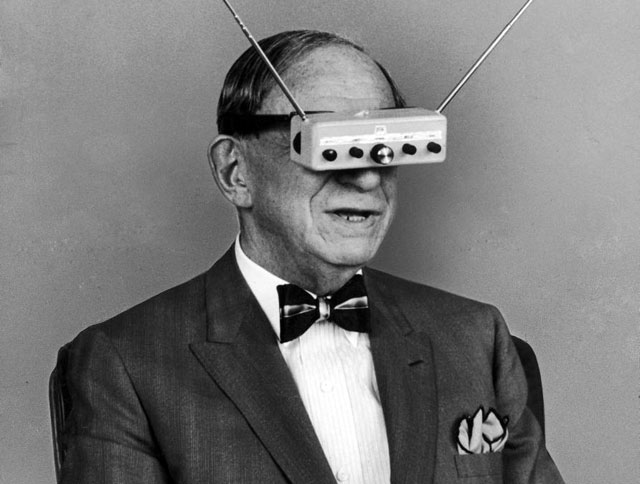Mary Robinette Kowal’s The Relentless Moon
/The history of space is inherently one of exclusion. Mary Robinette Kowal has been writing about this recently for places like The New York Times, pointing out that the snafu with space suits that sidelined the planned all-female spacewalk isn’t just a budgetary thing with NASA, it’s that space is inherently designed for male astronauts, and that because women weren’t included in the US space program until Sally Ride went up in the 1980s, it’s had an impact that ripples out to the present day.
Read my interview with Kowal here.
That focus on inclusivity is something that runs under the hood with her Lady Astronaut series, an alternate history where humanity must figure out how to get into space before the Earth overheats after a massive asteroid impact in the 1950s. In the first two installments (and assorted short stories), we watch as a handful of women and astronauts of color fight to join the program, because what good is a space program designed to lead to permanent habitation if you only send up a select group of people?
In The Relentless Moon, Kowal shifts focus a bit. We follow Nicole Wargin, one of Elma York’s fellow “Lady Astronauts”, who’s dealing both with her standing in the space program and her husband’s impending presidential election. While the International Aeronautics Coalition is working to further build its foothold in space, attitudes toward the space program have begun to sour: some people have begun to question the validity of the science underlining the IAC and need to move off-planet, others are rightfully protesting the resources that are being taken away from people in desperate need, and yet others are motivated by religious concerns. Riots have begun across the United States, and a terrorist cell appears to be working to infiltrate the IAC, with the intention of destroying its efforts, or at the very least, sowing doubt into the future of the program.
Wargin is sent back into space to the growing lunar colony, where she’s tasked with working to help flush out the plot against the IAC. Immediately, a whole new set of problems arise. The rocket that brings her up to the Moon experiences a rough landing, breaking her arm and causing a serious fuel spill that causes numerous problems for the base. A BusyBee (think the lunar craft from 2001: A Space Odyssey, but for one or two people), goes missing, there are power outages, and signs of deliberate sabotage.
If there’s any one thing that’s underpinning Kowal’s work with this series, it’s her spotlight on the systematic issues that exclude people from various parts of the world. But what I appreciate the most about this series is her approach to this particular observation. The Lady Astronaut novels are hard science fiction that don’t ignore the systemic problems running under the hood. It’s a particularly clear-eyed and principled view of the world, recognizing both the things that excite and delight about science fiction, while also pointing out that there are major issues thrown in the way of people.
The Relentless Moon picks up that mission from the prior two books and keeps running it forward. Kowal weaves together a solid thriller as Wargin works to figure out the identity of the saboteur, as well as an empathetic character story as she deals with being apart from her husband, a debilitating eating disorder, and your run-of-the-mill sexism that leeches into every part of the space program. Neither plays a backseat role to the other: both are important to the world that we see, and Kowal’s portrayal here feels raw and honest, a portrait of a complicated character that is driven, principled, and utterly human.
That’s an important thing, I think. 2019 marked the 50th anniversary of the Apollo 11 landing, and in the years since the space race was in full swing, NASA consciously placed those astronauts on a pedestal. They were heroes (rightfully so) who became more than just men (and later women). But they were also deeply human, and looking at the history of spaceflight, you can see those moments when they bucked NASA’s direction and image: John Young brought a corned-beef sandwich with him on Gemini 3; members of the Apollo 15 crew brought along some stamps to the Moon to sell when they got home; and the crew of Skylab 4 turned off their radio and refused to work for a day after they were overscheduled. Couple that history with science fiction’s propensity for supermen, and you have a recipe for characters that aren’t quite believable or realistic, despite the widely-held intention of hard SF to rigorously depict realistic science and characters.
Kowal doesn’t sacrifice realism for human drama, and vice versa: The Relentless Moon is a raw, honest depiction of the challenges of spaceflight and solar system habitation. It’s simultaneously aspirational and optimistic for what the space race might have been, and steeped with a keen understanding of human nature and the problems that we bring with us.














 A couple of years ago, I picked up a book to
A couple of years ago, I picked up a book to  Ursula K. Le Guin is one of science fiction's greats: her stories Left Hand of Darkness, A Wizard of Earthsea and The Dispossessed rank among the genre's best works, and she moves easily between science fiction and fantasy, writing things that science fiction authors had barely touched before she came onto the scene. To say she was influential is to undersell one's words.
Ursula K. Le Guin is one of science fiction's greats: her stories Left Hand of Darkness, A Wizard of Earthsea and The Dispossessed rank among the genre's best works, and she moves easily between science fiction and fantasy, writing things that science fiction authors had barely touched before she came onto the scene. To say she was influential is to undersell one's words. For years, I've had friends tell me that I should be reading Octavia Butler's works, especially Kindred. I actually own a copy, and it's been sitting on my shelves for years, waiting for me to pick it up. When it came to the point where I'd start writing about the 1970s, it was pretty clear that Butler would be one of the authors that I'd be covering, and I picked up the book as part of my research. She's a powerful author, and I'm a little sad that I didn't read the book earlier. Researching Butler's life is fascinating, and it's becoming clear to me that some of the genre's most important works emerge from outside of it's walls.
For years, I've had friends tell me that I should be reading Octavia Butler's works, especially Kindred. I actually own a copy, and it's been sitting on my shelves for years, waiting for me to pick it up. When it came to the point where I'd start writing about the 1970s, it was pretty clear that Butler would be one of the authors that I'd be covering, and I picked up the book as part of my research. She's a powerful author, and I'm a little sad that I didn't read the book earlier. Researching Butler's life is fascinating, and it's becoming clear to me that some of the genre's most important works emerge from outside of it's walls. I've got a bit of a bonus installment for my column on SF History. I've got a limited amount of space that I've got to work with for Kirkus, and as such, I've had to blow past a couple of things. Fortunately, with Jurassic London's new release of The Brick Moon by Edward Everett Hale, I've had the opportunity to circle back and write about this particular novel.
The Brick Moon is the first science fiction story that uses the idea of an artificial satellite, and it's an excellent example of what science fiction is: extrapolation into the near future. In this instance the need for a navigational beacon in the skies. It's a cool premise, and in one fell swoop, Hale comes up with the idea for a satellite, communications satellite and space station. (Yes, Clarke came up with the idea as well. His invention is notable because it wasn't in SF, but a non-fiction speculation).
I've got a bit of a bonus installment for my column on SF History. I've got a limited amount of space that I've got to work with for Kirkus, and as such, I've had to blow past a couple of things. Fortunately, with Jurassic London's new release of The Brick Moon by Edward Everett Hale, I've had the opportunity to circle back and write about this particular novel.
The Brick Moon is the first science fiction story that uses the idea of an artificial satellite, and it's an excellent example of what science fiction is: extrapolation into the near future. In this instance the need for a navigational beacon in the skies. It's a cool premise, and in one fell swoop, Hale comes up with the idea for a satellite, communications satellite and space station. (Yes, Clarke came up with the idea as well. His invention is notable because it wasn't in SF, but a non-fiction speculation). I've had a passing fascination with McCaffrey's books over the years, even as I never really dabbled in them. (I owned one book, Dragonflight, years ago.) I was always somewhat intimidated by the sheer size and scale of the series, and I was always more interested in SF than I was Fantasy (although now, I realize that that was a bit misguided.) Anne McCaffrey was always an author I was aware of: one of the female authors alongside the Asimovs, Herberts and Heinleins in my high school library.
I've had a passing fascination with McCaffrey's books over the years, even as I never really dabbled in them. (I owned one book, Dragonflight, years ago.) I was always somewhat intimidated by the sheer size and scale of the series, and I was always more interested in SF than I was Fantasy (although now, I realize that that was a bit misguided.) Anne McCaffrey was always an author I was aware of: one of the female authors alongside the Asimovs, Herberts and Heinleins in my high school library.
 This week on the Kirkus Reviews Blog, I jump ahead from some of the older stories to a very modern author:
This week on the Kirkus Reviews Blog, I jump ahead from some of the older stories to a very modern author: 